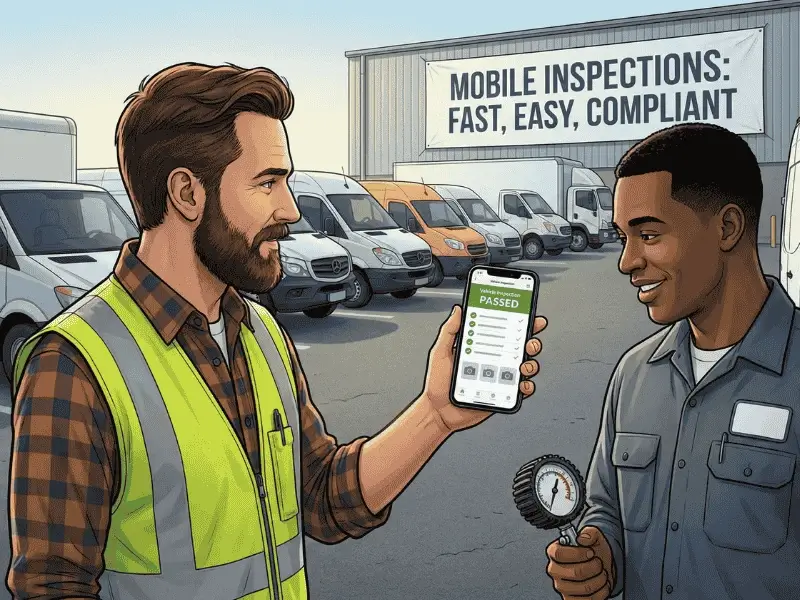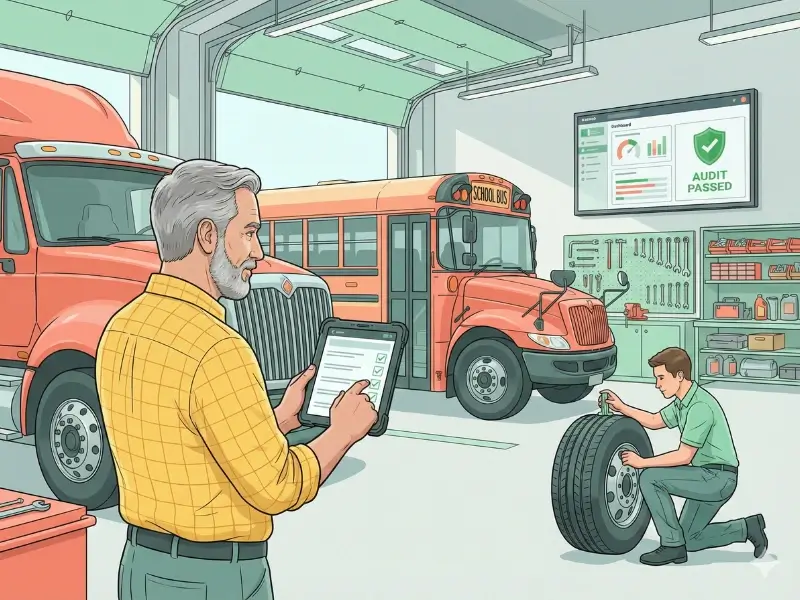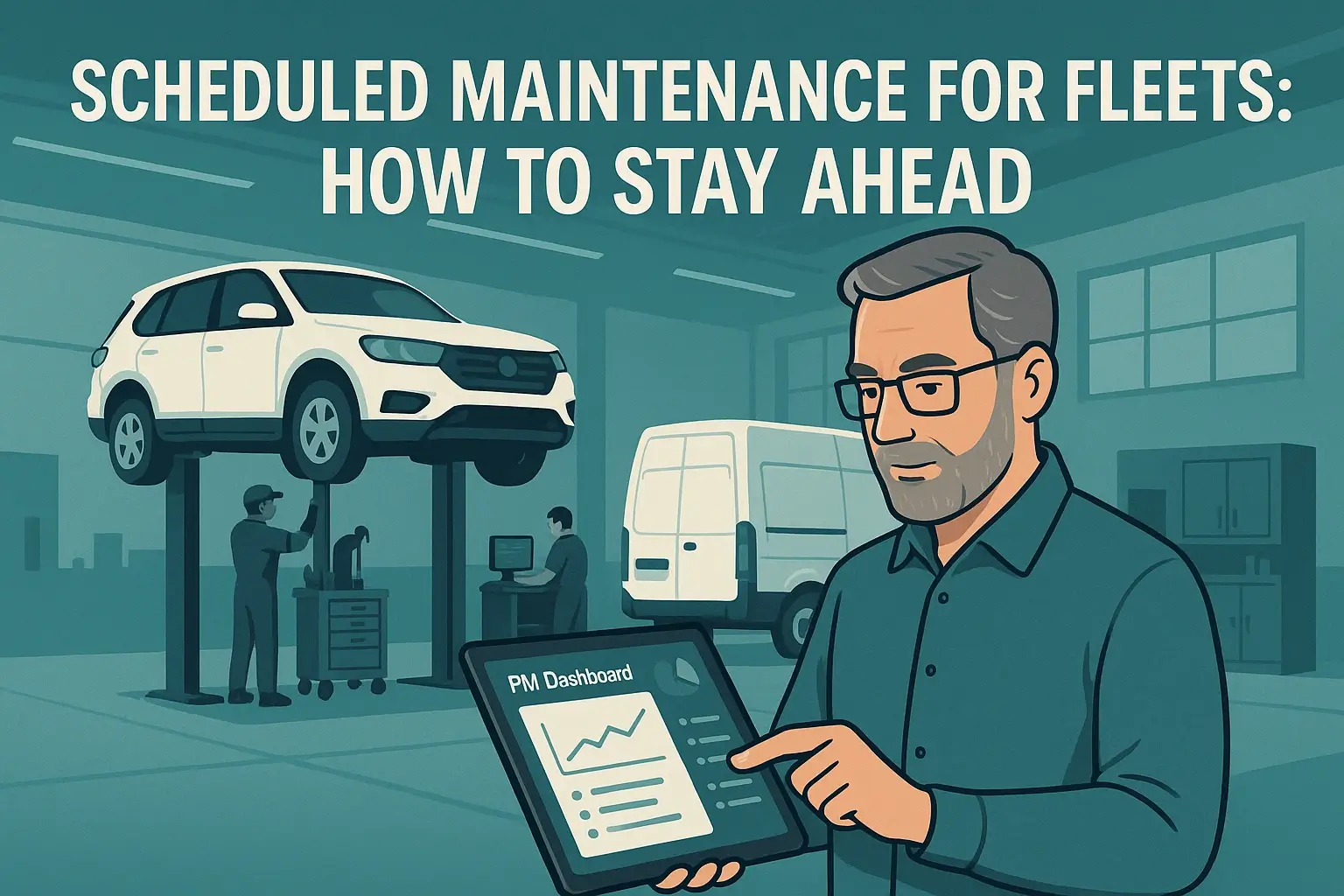Key Takeaways
Levels of Autonomous Vehicles
Level 0: No driving automation
At Level 0, there is no driving automation. In this scenario, the driver is solely responsible for all aspects of driving, including steering, braking, and accelerating. It's what we've been accustomed to for decades - the driver completely controls the vehicle.
Level 1: Driver Assistance
Moving up to Level 1, we enter the realm of driver assistance. At this stage, the vehicle can assist with driving tasks like lane-keeping or adaptive cruise control. However, it's important to note that the driver must maintain control of the vehicle and be prepared to take over at any moment.
Level 2: Partial Driving Automation
Level 2 represents partial driving automation. In this scenario, the vehicle can control some or all aspects of driving, especially in specific situations, such as on a highway. However, the driver must remain vigilant and ready to assume control if necessary. This level often includes advanced driver assistance systems like Tesla's Autopilot.
Level 3: Conditional Driving Automation
Stepping into Level 3, we encounter conditional driving automation. Here, the vehicle can take complete control of all aspects of driving in certain situations. However, the driver must still be available when the system requests it. Level 3 automation is a significant leap forward but still requires the driver to stay engaged and monitor the road.
Level 4: High Driving Automation
Level 4 signifies high driving automation. In this category, the vehicle can control all aspects of driving in most situations without requiring driver intervention. However, there might be some rare, limited situations where the driver may need to take control. Level 4 automation offers more autonomy but still has some constraints.
Level 5: Full Driving Automation
Finally, at Level 5, we reach full driving automation. In this scenario, the vehicle can control all aspects of driving without requiring any driver intervention. Level 5 represents the pinnacle of autonomous driving, where humans are essentially passengers, and the vehicle takes on the entire responsibility of driving.
Autonomous Fleet Management
Now that we've explored the various levels of autonomous vehicles let's delve into another exciting aspect of this technology - autonomous fleet management. Autonomous fleet management involves using technology to oversee and optimize a fleet of autonomous vehicles. Some critical tasks in this domain include vehicle scheduling, vehicle monitoring, vehicle dispatch, and vehicle maintenance.
- Vehicle Scheduling: Autonomous fleet management systems efficiently assign vehicles to specific routes and tasks. They can optimize routes to minimize travel time, fuel consumption, and emissions.
- Vehicle Monitoring: Real-time tracking of the location and status of vehicles is essential for ensuring efficient fleet operations. Autonomous fleet management systems provide this capability, allowing for better oversight and responsiveness.
- Vehicle Dispatch: When customer requests or unexpected events arise, autonomous fleet management systems can quickly dispatch the most suitable vehicle to address the situation. This helps in providing timely and efficient service.
- Vehicle Maintenance: Managing vehicle maintenance and repairs is critical to fleet management. Autonomous fleet management systems can schedule maintenance tasks proactively, reducing downtime and enhancing overall fleet reliability.
Benefits of Autonomous Vehicles and Autonomous Fleet Management
The adoption of autonomous vehicles and autonomous fleet management can bring about numerous advantages, including:
1. Improved Safety: Autonomous vehicles have the potential to significantly reduce traffic accidents caused by human error. Advanced sensors and algorithms enhance situational awareness and decision-making.
2. Increased Efficiency: Autonomous vehicles can communicate with each other, leading to smoother traffic flow and reduced congestion. This enhanced coordination can significantly improve travel times and fuel efficiency.
3. Reduced Emissions: Many autonomous vehicles are electric or hybrid, contributing to reduced air pollution and greenhouse gas emissions. This transition can have a positive impact on environmental sustainability.
4. Increased Accessibility: Autonomous vehicles can offer transportation options to individuals who cannot drive themselves, such as the elderly and disabled. This increase in accessibility can lead to greater mobility for all segments of society.
Challenges of Autonomous Vehicles and Autonomous Fleet Management
While the potential benefits are enticing, several challenges must be addressed before autonomous vehicles and autonomous fleet management can become mainstream:
1. Technical Challenges: Developing and deploying reliable and safe autonomous vehicle technology is complex. Ensuring these vehicles can operate safely in various conditions is a significant technical challenge.
2. Regulatory Challenges: Governments around the world are still in the process of developing regulations and standards for autonomous vehicles. Ensuring a consistent legal framework is essential for widespread adoption.
3. Public Acceptance: Gaining public trust and acceptance for autonomous vehicles is crucial. Many still have reservations about the safety and reliability of these systems, and addressing these concerns is essential for widespread adoption.
Final Thoughts
Autonomous vehicles and autonomous fleet management hold tremendous promise for the future of transportation. The development of these technologies is progressing rapidly, with each level of automation bringing us closer to fully autonomous vehicles. However, challenges regarding technology, regulation, and public perception still need to be solved.
As these challenges are addressed, we can expect to see a transformation in moving people and goods, with increased safety, efficiency, and accessibility at the forefront of this revolution. The future of transportation is autonomous, and it's an exciting journey ahead.



.png)








.png)


.png)










